1 ) Land Reclamation:
Converting farm land effected by alkaline [over fertilization] back to fertile land
In 2000, the ATG-sponsored Sis Village Project has become a model for investment in rural Armenia and reclamation of alkaline lands in the Ararat Valley. Following pogroms and unrest in 1989, nearly 4,000 Armenian refugees from Azerbaijan settled in sis Village in Ararat Valley of Armenia. Due to the high alkaline content of the village fields, earning a living from agriculture proved almost impossible, forcing many to leave the village. The success of the project has put a halt to emigration.
Underground drainage pipes and irrigation systems were installed and improved, while the land was leveled to prevent pooling. Perpendicular deep plowing was utilized to help promote proper irrigation.
In cooperation with UN – WFP (Work Food Project) thirty acres were planted in Sudan sorghum, a forage feed to cattle. Another three acres was planted for seed. Additional acres were plowed with alfalfa. These benefited the soil by adding nitrogen and give farmers additional income. Fisheries were added onto the project to ensure a steady market to Yerevan, for fish raised in the village. Fresh water for the ponds was supplied from the Artesian well, drilled in 2002 with funds generated from ATG supporters.
The following results were obtained in Sis village due to the reclamation project:
- 9.1% increase in the number of population (from 1100 in 2000, to 1200 in 2005)
- 233.3% increase in income of those engaged in the reclamation works of 25.1 ha. (62.5 acres): (from $30 per month to $100 per months).
- 360% increase in birth rate since 2000. (Five birth per year in 1999, compared to 23 birth in 2004).
- 110% increase in the number of marriages since 2000. (One in 1999 vs, 12 per year since 2000).
- 11,900% increase in the number of families having TV sets. (2familes in 1999 vs. 240 families in 2005).
The Sis Land amelioration program was carried out with the well-being of the refugee community in mind. It also could be used by the Armenian Government as a model to expend the project to other parts of the Ararat Valley, where some 30,000 hectares (70,000 acres) await reclamation.
- Digging process
- Opening Tranches
- Roger Benton – Varoujan Der Simonian -with Alex and Mesha at Sis Village Drilling site
- Roger Benton explains how the underground pipes are set up
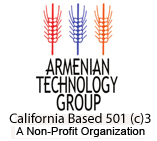
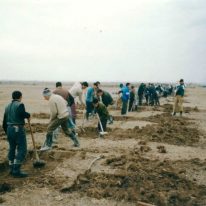
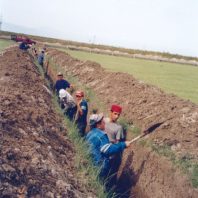
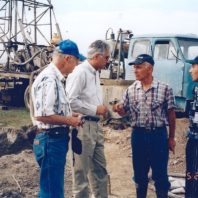
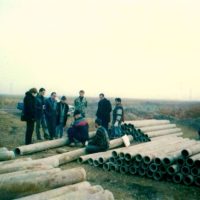
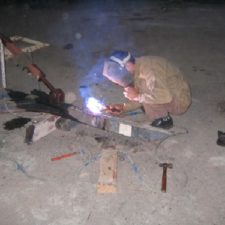
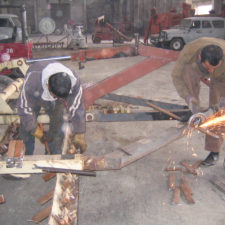
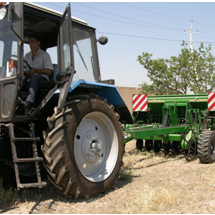
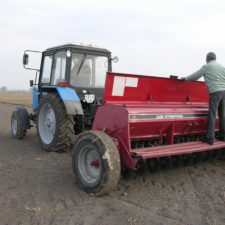
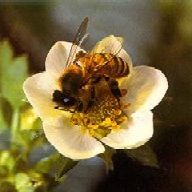


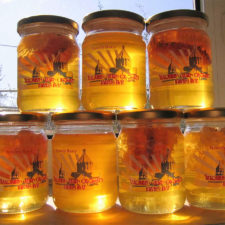
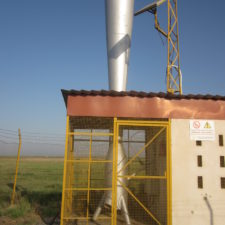
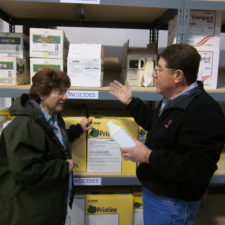

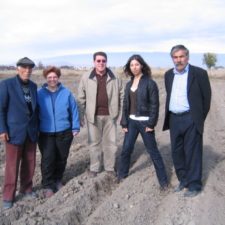
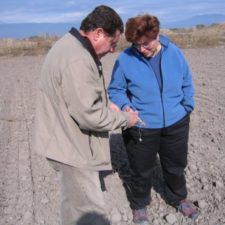
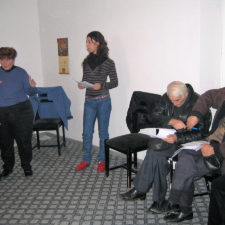
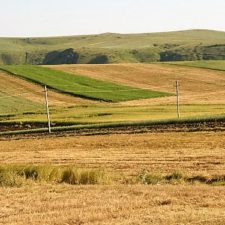
Follow Us